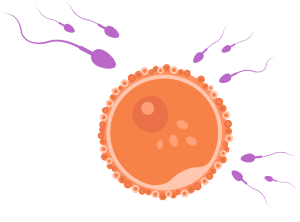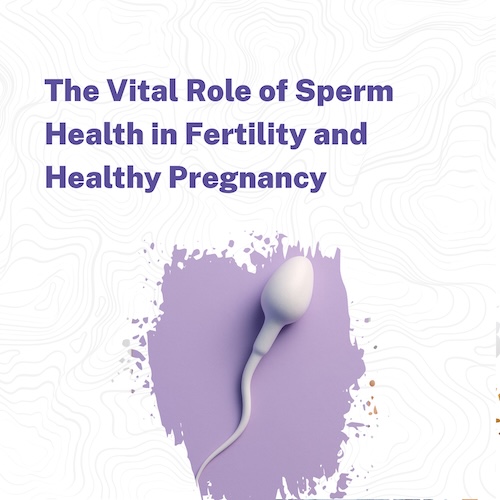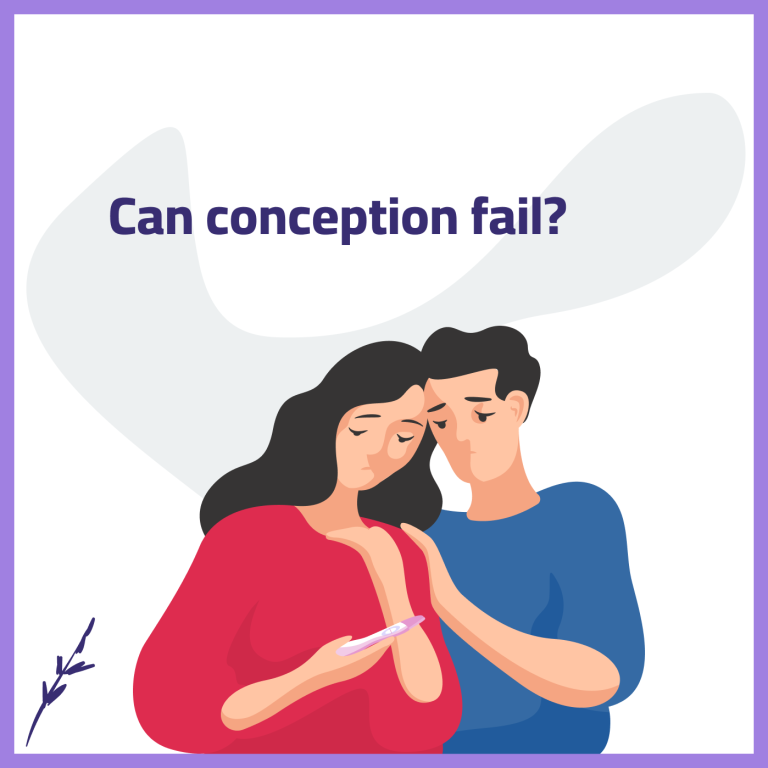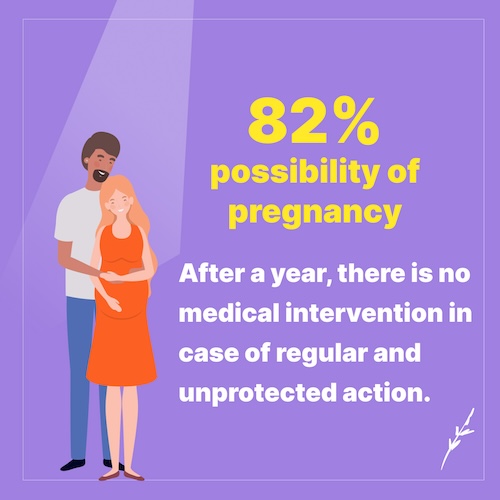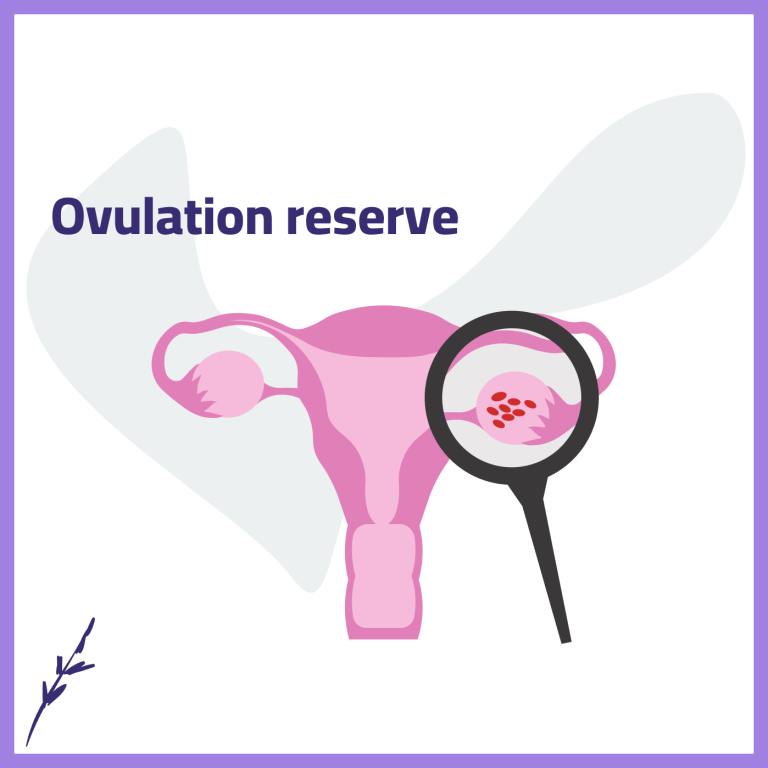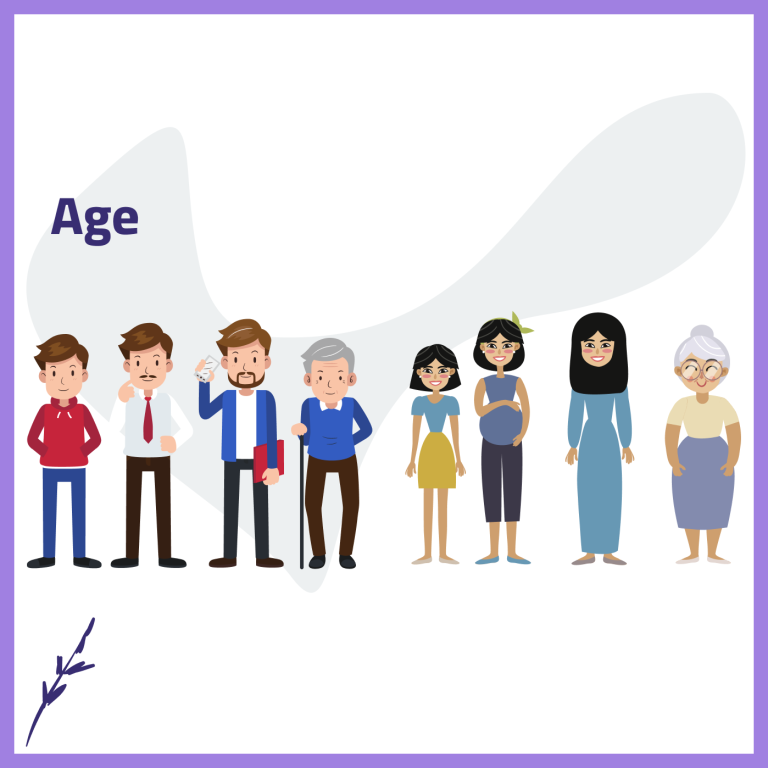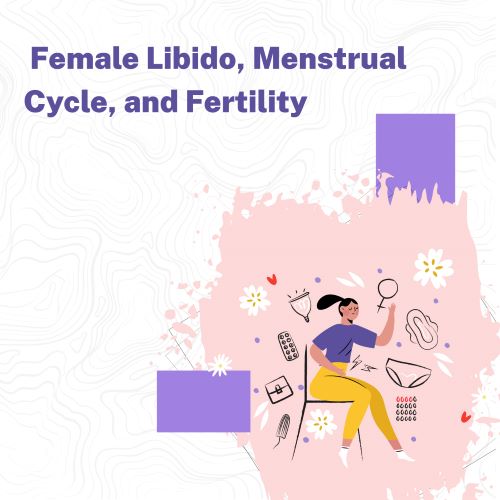What is fertility window
The “fertility window” refers to the period in a woman’s menstrual cycle when she has the greatest chance of becoming pregnant. It usually includes the day of ovulation, when the egg is released from the ovaries, and the 5-6 days leading up to it. This is because sperm can survive in a woman’s reproductive tract for up to 5 days, and an egg can survive for about 24 hours after ovulation.
Timing of the Fertile Window
The fertile window varies among women, but it generally falls around the 14th day of a typical 28-day cycle. Since sperm can live for up to five days in the female reproductive tract, and the egg is viable for about 24 hours after being released, the fertile window includes the day of ovulation and the five days beforehand.
Identifying the Fertile Window
Women can identify their fertile window by tracking their menstrual cycle, monitoring ovulation symptoms, or using ovulation prediction kits. Common signs of ovulation include:
- A slight rise in basal body temperature
- Changes in cervical mucus, which becomes clearer and more stretchy
- Mild pelvic or abdominal pain known as mittelschmerz
Importance of the Fertile Window
Understanding the fertile window is crucial for couples trying to conceive, as timing intercourse during this period maximizes the chances of fertilization. Conversely, those wishing to avoid pregnancy can use this knowledge for natural family planning methods.
Conclusion
The fertile window is a key concept in understanding fertility and planning for pregnancy. By being aware of their body’s signals and cycle patterns, women can make informed decisions about their reproductive health.
